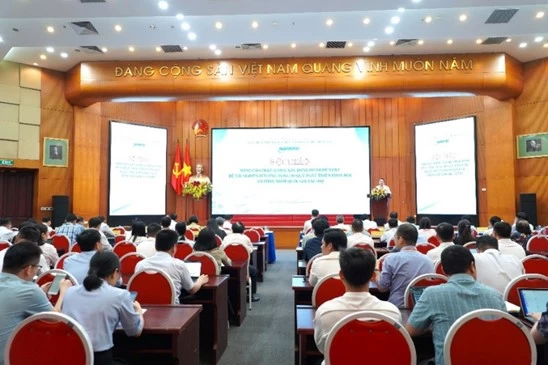,
- a Center for Space and Remote Sensing Research, National Central University, 300 Zhongda Road, Zhongli District, Taoyuan City 320317, Taiwan
- b The National Key Laboratory of River and Coastal Engineering, Vietnam Academy for Water Resources, 171 Tay Son Street, Dongda District, Hanoi 100000, Viet Nam
Received 14 September 2023, Revised 28 November 2023, Accepted 8 December 2023, Available online 14 December 2023, Version of Record 14 December 2023.
Abstract
Flash floods pose a significant and escalating threat to life, infrastructure, and property in the mountainous regions of Vietnam. Over the past two decades, Vietnam has experienced rapid socio-economic development, making it one of the fastest-growing countries in the region. However, this progress has been accompanied by urbanization, land cover conversion, and reductions in natural forest coverage, exacerbating the risk of flash floods. The objective of our study was to evaluate the quantitative influence of human activities on flash flood susceptibility from 2001 to 2022. Employing various machine learning algorithms, we analyzed 15 independent factors and examined 452 historical data points to predict the probability of flash floods and build flash flood susceptibility maps for the period of 2013–2022. By assuming similar weather conditions that trigger flash floods, we also estimated the probability and spatial distribution of flash floods for 2001–2020. To assess the anthropogenic impact, we conducted a detailed analysis of changes in land use patterns and employed indices such as the Normalized Difference Vegetation Index (NDVI) and Normalized Difference Built-up Index (NDBI). These factors played a significant role in shaping the differences in flash flood probability between the two time periods. The results demonstrated alarming trends, revealing a notable increase in the probability of flash floods by 7.69% and 4.01% in areas classified as high and very high susceptibility, respectively, over the past two decades. These findings provide tangible and robust evidence that policymakers can utilize to evaluate the implications of ongoing socio-economic growth. Furthermore, they serve as a critical foundation for formulating sustainable development plans that prioritize mitigating the future escalating risk of flash floods. View pdf

Source: https://www.sciencedirect.com
.png)





